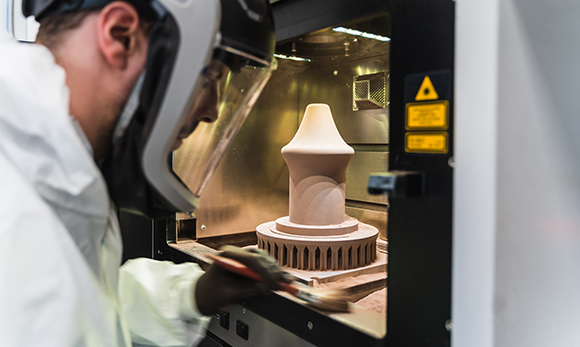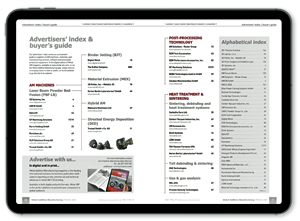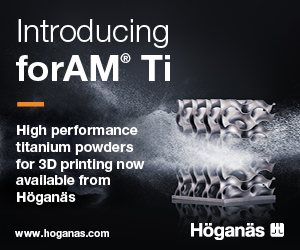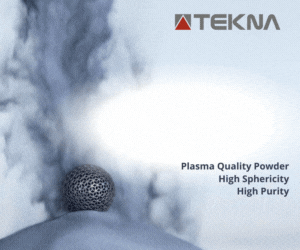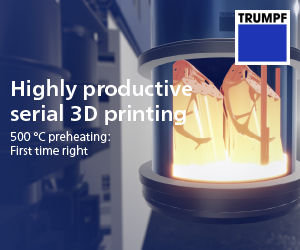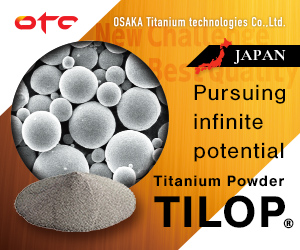Pangea and Aenium collaborate on Additive Manufacturing of NASA-GRCop42-based rocket propulsion systems
June 10, 2021

Pangea Aerospace, Barcelona, Spain, a developer of rocket engines for the space sector, and Aenium, Valladolid, Spain, a company focused on Additive Manufacturing technologies and material science, have partnered to develop and industrialise advanced combustion devices using innovative AM processes and materials. The agreement seeks to provide a breakthrough in the engineering of complex combustion devices and drive the analysis of different types of advanced superalloys for the most demanding applications within the space sector.
Pangea will assign the R&D, manufacturing and industrialisation of its new aerospike demonstrator to the consortium, with the goal of achieving a successful hot-fire test by the end of 2021. The aerospike engine can radically transform space propulsion thanks to its higher efficiency (up to 15% than currently used rocket engines), reusability capabilities and low cost.
The company is currently manufacturing its DemoP, a liquid oxygen and methane aerospike engine demonstrator designed to characterise and validate several key enabling technologies for future aerospike developments. These will include the use of methane as a fuel and, together with Aenium, the development of a reusable dual regenerative cooling system, exploiting both propellants to cool it down.
In addition, the partnership will bring to the European market GRCop-42, a high conductivity, high-strength dispersion strengthened copper-alloy, developed by NASA for use in high heat flux applications, such as liquid rocket engine combustion devices. This copper-chrome-niobium alloy is suitable for harsh environments specific to regeneratively-cooled combustion chambers and nozzles, providing good oxidation resistance.
“The agreement with Aenium goes beyond shared exclusive capabilities on GRCop42 in Europe, a copper material specifically developed for rocket engines. Aenium also brings unmatched expertise and R&D capability in processes and materials,” stated Adrià Argemi, CEO of Pangea Aerospace.
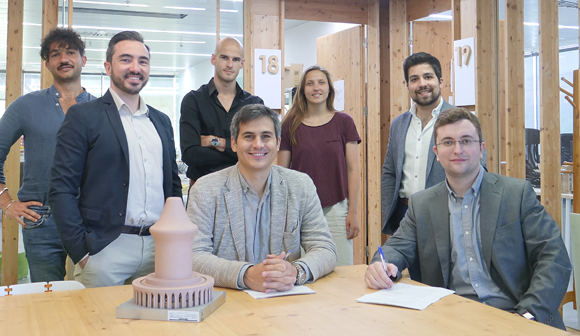
Historically, several aerospike engines have been developed, including the J-2T, XRS-2200 and RS-2200, but none have ever flown. This is due to the engineering difficulties linked with aerospike nozzles: cooling and manufacturing. This is where Additive Manufacturing techniques and new materials such as GrCop42 are enhancing the possibility to build a functional and economically viable aerospike engine at a fraction of the cost and time.
“GRCop42 based alloys are one of the key solutions that allow us to solve the thermal challenges of aerospike nozzle rocket engines. We are now ready to offer this unique capability to all the European aerospace sector,” added Argemi.
Pangea Aerospace has already started the preliminary design of its larger, commercially ready aerospike engine and its subsystems. “This alliance will propel the next generation of reusable rocket engines, also bringing the opportunity to the EU market to improve their combustion devices with the most innovative material science and qualified industrial Additive Manufacturing,” stated Miguel Ampudia, CIO of Aenium.



